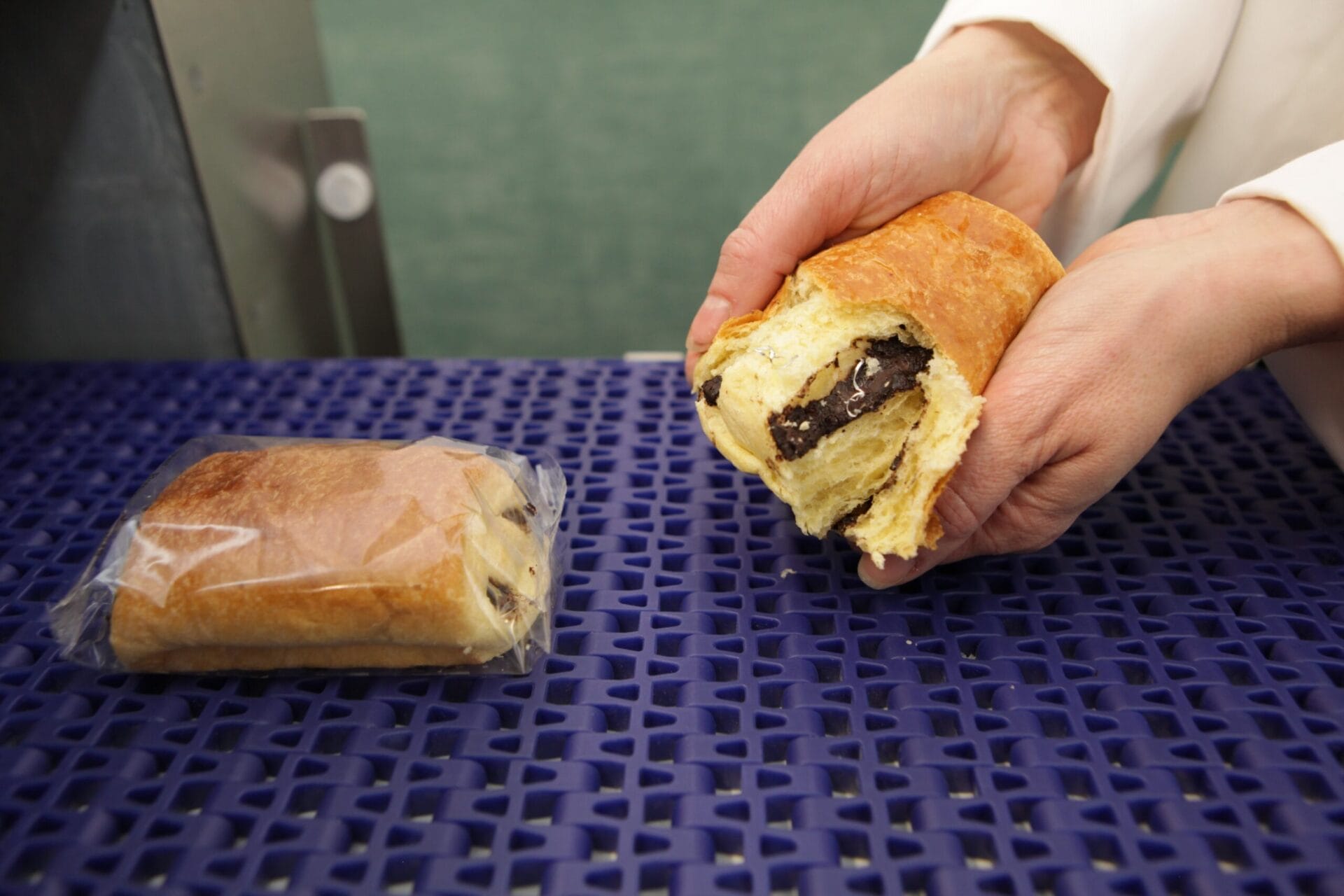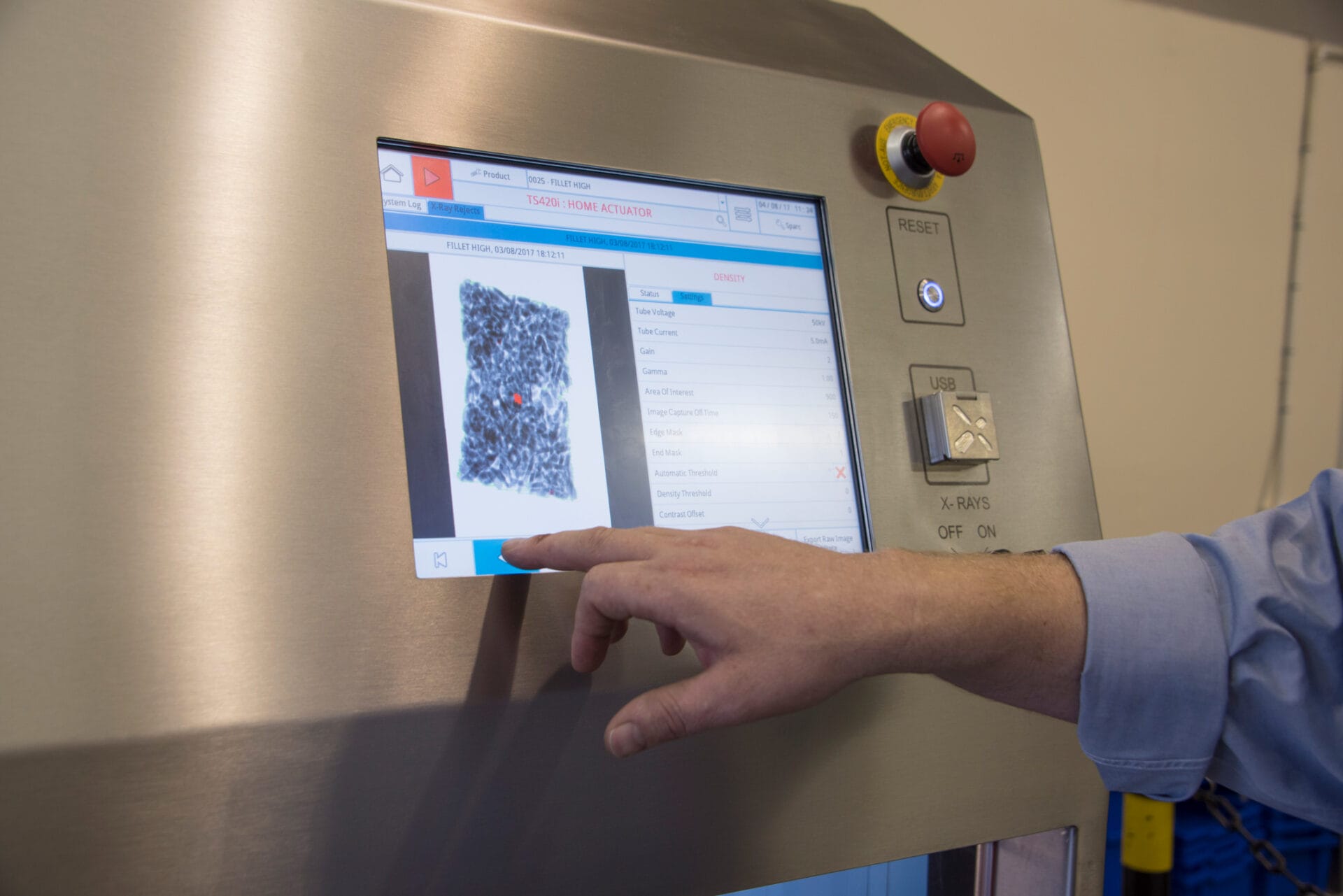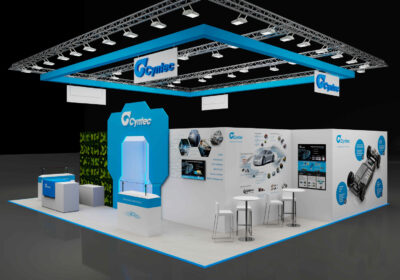Stand B32
Metal detection and X-ray are often viewed as competing technologies. Yet, used together they add an additional – and often necessary – layer of recall security, food safety and quality control. Phil Brown, Sales Director at Fortress Technology Europe, explores the benefits of both inspection systems at the upcoming PPMA 2024 trade show (Stand B32), where Fortress will also unveil its latest innovation, the Icon X-ray.
Discover the most prevalent contaminant risks in the food industry and gain insights into when and how to deploy each technology, as Phil Brown answers the most common questions customers pose about metal detection and X-ray.
Q: What new demands are you witnessing from the industry in relation to food safety solutions and how can I future proof my inspection investments?
A: Overall there is a wider adoption of all inspection technologies. Countless customers have reported retailers specifying both metal detection and X-ray systems to strengthen and fulfil their food safety promise to consumers. The threat posed by a recall and enhanced quality control standards are certainly driving food factories to implement a more robust, ‘best in class’ contaminant detection strategy.
Yet, there remain a number of misconceptions in the industry about which inspection system to implement. Many food processors and packing facilities believe that having one inspection technology, like metal detection or X-ray, is sufficient for complete quality control. In reality, it is not that straightforward. Neither supersede the other and both technologies offer certain strengths, as well as contaminant detection limitations.
Q: Do food processors have to have inspection systems? What role does this equipment play in food safety management?
A: There are certain legal standards with regards to food safety that must be met in relation to hygiene and pest control. But it is the retailer or hospitality venue that is legally responsible for making sure that the food they sell is safe for consumers to eat. That’s why they set stringent codes of practice for suppliers to adhere to, including inspection standards.
Hazard Analysis and Critical Control Point (HACCP) plans underpin most food safety management systems. Metal detection and X-ray inspection technologies are first lines of defence in identifying the presence of foreign contaminants in food products before they leave the facility. They are typically implemented at Critical Control Points to eliminate physical contaminants, ensuring high quality and safety of food products before they reach consumers.
Since metal remains the most common contaminant material in food, most retailers stipulate that metal detection systems are used to provide compliance with food safety standards (GFSI, BRC, IFS), their own codes of practice and legislations.
Q: What are the most common physical contaminant hazards food processors should look out for and how do I determine the inspection technology or combination of technologies best suited to my food applications?
A: The most common high-risk contamination culprit remains metal. Metal is found everywhere in food production, especially stainless steel. Contaminants are often caused by fragments that break off during mechanical cutting and blending operations, or from box blade cutters.
Each food sector will typically have its own set of more prevalent risks. Take ready-meals or convenience foods; some of those processes require eight or more production steps. Plus, more than five different product types can be included in one individual meal. The more production steps, the greater the risk of foreign object contamination.
Intrinsic contaminants are common in protein ingredients, such as bones or teeth from fish, meat and poultry. They can also occur in fresh produce, for example, fruit and vegetable pits or eggshells. The other is human PPE risks from hairnets and masks.

As the number 1 high contaminant risk, the backbone of any contaminant detection program must be a robust metal detection program.
The decision to invest in X-ray or metal detection equipment is dependent upon a manufacturer’s requirements. Both technologies come with their own advantages, though neither should be a replacement for good manufacturing practices. Rather, food contaminant detection units should always complement the process based on needs and risks. To assist with decision making, Fortress Technology offer food processors a service that tests products on both a metal detector and an x-ray system. Customers are then presented with detailed reports and analysis to help inform their CapEx decisions.
Q: Can X-ray systems detect both metal and non-metallic contaminants, and if so why would I need a metal detector?
A: X-ray machines utilise density detection and will therefore identify denser contaminants, including some metals, glass, ceramic and certain bone. However, there are certain metals an X-ray cannot detect in food products, including lightweight foil strips found in PPE, very thin box blades and thin metal flakes. Although visible to a metal detector, in contrast, there’s not enough density differential between the lower density metal and the product being inspected for an x-ray to pick this up. That’s why it is important to determine all potential hazards and make an informed decision using all of this information.
If there is a possibility of plastic contaminating your production line it would be worth investing in X-ray to ensure complete food safety and quality control. However, it is too much of a risk to replace a metal detection with X-ray as users would lose virtually all detection of low density metals, such as a fragment of aluminium drink can or flakes of metals from mixing bowls or slicing equipment.
Q: Where on a production line should I implement inspection technologies?
A: Each food processing environment has its own more prevalent risks. Before selecting any inspection equipment, first determine the potential sources of contamination on the particular product line and manufacturing process. Take a step back and look at each processing point, the equipment that’s being used, and every possible contamination scenario. Revisit this regularly as part of a HACCP-compliant assessment plan.
While an X-ray system will be able to detect things a metal detector can’t, it’s important to do your research. If, after product risk analysis, you consider one is necessary, have both. As they are complementary technologies.

X-ray machines utilise density detection and will therefore identify denser contaminants, including some metals, glass, ceramic and certain bone.
Q: Will my budget stretch to both technologies?
A: Cost will always be an important factor in decision making. However, when it comes to food safety, the question should be not can I afford to do this, but which technology is most suited to my risk and budget, and which one will offer me the best return on investment. As well as the purchase price, make sure you do a deep dive into lifetime equipment costs.
The cost of small format, limited aperture X-ray systems are certainly much more competitive now. As a general rule, factoring in the operational and maintenance costs, X-ray systems are likely to cost 10 times that of a metal detector over a 10 year lifespan. One of the reasons for this is consumable items of X-rays tend to be much higher compared to a metal detector. Support costs, such as paying for annual X-ray safety checks, regular radiation checks and calibration downtime also need to be factored in.
Q: Where is the future of contamination inspection heading and how do I future proof my investments?
A: As modern and automated as many of today’s food factories are, they are entirely governed by increasingly tighter food safety, weight control, labelling and quality assurance regulations. While it is impossible to predict entirely how the landscape of food safety will change in the coming decades, there is a general consensus that smart, space-saving technology will help to streamline workflows, increase productivity, eliminate inefficiencies and allow food manufacturers to keep up with rising demands. All while supporting a more sustainable food production future.
At PPMA 2024, Fortress Technology launches its Icon X-ray, alongside many other Fortress food safety and quality control machines and technologies.
We are anticipating a wider adoption and integration of metal detection and X-ray in food production environments, particularly at the end of the HACCP packaging lines. Processors that harness the power of these combined technologies, including data capture and reporting innovations will have a distinct competitive edge.
Ultimately, every technology advancement helps to build a safer food environment for all, protecting consumers and suppliers. Previously, it might have been harder to justify the cost of having both inspection technologies on a single line. However, there are certainly occasions now where having both metal detection and X-ray could be warranted.
Get ready to view the Icon X-ray, the latest model of food inspection efficiency at PPMA 2024 (Stand B32).
Click here to download the full white paper at https://fortresstechnology.co.uk/rethinking-product-inspection-with-metal-detection-and-x-ray/






